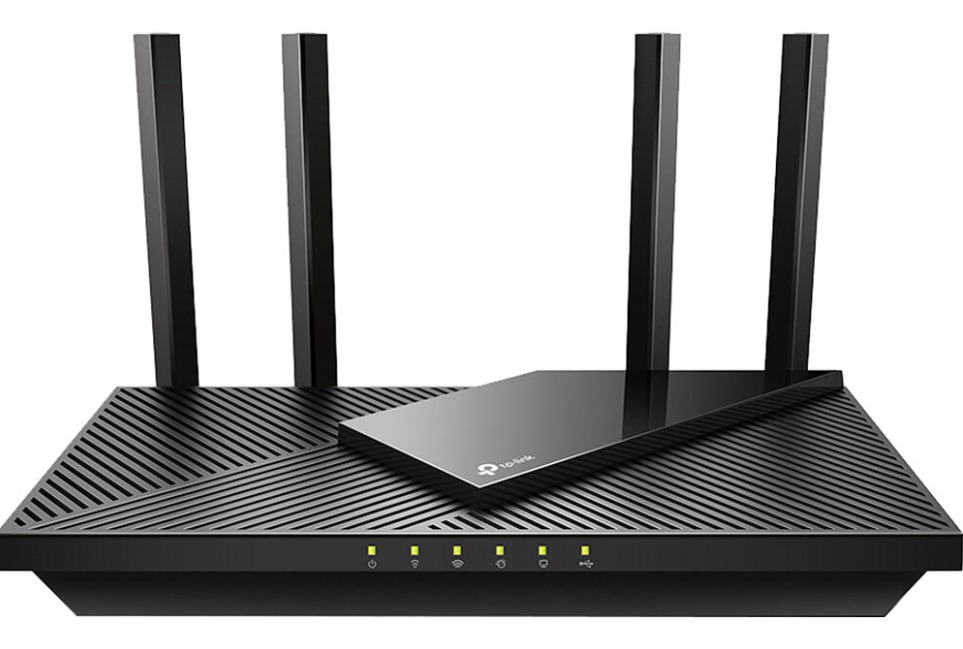Wi-Fi routers have multiple antennas to help improve the speed and reliability of data transfer. Multiple antennas allow a router to send multiple streams of data at the same time (MIMO (multiple input/multiple outputs)), which increases speed. Additionally, they allow the beamforming technique, which helps focus the signals to the target device, to be implemented more effectively.
Why Do Wifi Routers Have Multiple Antennas
Routers have multiple antennas to increase signal reliability. The router signal degrades with distance and your device will be disconnected. On the other hand, having many antennas allows wireless devices to switch to stronger signals and maintain communication while on the go.
There are several advantages to having more than one antenna on your router.
A router with a single receive antenna and a single transmit antenna is said to have a 1×1 SISO (Single In/Single Out) configuration, meaning it can only transmit and receive on one radio channel.
Send and receive more data, which means your devices will have faster internet connections
Point the antennas in different directions to ensure the Wi-Fi signal is aimed at all areas of your home
Simply put, having more than one antenna on your router leads to a better internet experience for you.
Why are router antennas important?
Without antennas on your internet devices, WiFi would not be possible.
Antennas send radio frequency (RF) signals wirelessly to your devices so they can communicate with your router. WiFi standards have established that these radio signals must be sent on two different frequencies, 2.4 gigahertz (GHz) or 5 gigahertz (GHz).
For this reason, there will be 2.4 GHz and 5 GHz WiFi networks in quite a few homes. The router can communicate on both frequency bands.
Your router and wireless devices have antennas that allow them to communicate on these radio frequencies. Your router’s antennas may be external and easily visible, while most of your wireless devices’ antennas will be internal to the device.
How to place all 4 antennas on a router for optimal coverage?
To get optimal coverage from a router with 4 antennas, you should position the 2 central antennas vertically at 90 degrees, then position the left and right outer antennas at 45-60 degrees from the horizontal plane. Also, make sure the router is centrally located in your home or office.
How do router antennas work?
Omnidirectional antennas send RF signals in a direction perpendicular to the antenna itself. In other words, the signal is sent directly from the long side of the antenna.
Wireless routers with external antennas are not necessarily better than those with internal antennas; however, they provide better directional control. This means that as long as the external antennas are positioned correctly, they can send a stronger signal in the direction of the target. Internal antennas on a router are better at distributing signals more evenly.
Why do some routers not have antennas?
Any router that grants access to a wireless network must be able to extend that coverage and send those signals. It will do all of this via internal antennas.
One of the reasons it’s nice to have an antenna inside your router is that the plastic casing doesn’t get in the way too much. The plastic does very little to block the signals the antennas use, so there’s really no problem putting them inside the box rather than outside.
Why do routers have multiple antennas?
Routers have multiple antennas because they help a router transfer more data, improve the speed and reliability of your connection, and provide better coverage.
Transmit more data:
As I mentioned earlier, antennas send and receive radio frequency signals and help your devices connect to the router. Therefore, more router antennas will be able to send and receive more signals.
For example, suppose a 5 GHz antenna can transmit 400 Mbps of data and a router has 3 antennas. Thus 3 antennas will be able to transmit 1200 Mbps of data.
So no more antennas on a router mean more data transmission.
Improved speed:
More data transmission means more bandwidth for your devices. With more bandwidth, and more network speed. Port that three antennas will provide 3 times the bandwidth of one antenna.
As a result, more bandwidth will be available for your wireless devices, resulting in improved Wi-Fi speed.
More signal reliability:
When a router has multiple antennas, signal reliability also increases.
Your wireless device has a single antenna and can only connect to one. However, each of the router’s antennae has its own range. So when you go out of range of an antenna. Your device may connect to another antenna that is within range.
But if your router has only one antenna, the wifi signal will be lost when you are out of range. In the case of multiple antennas, this is not possible.
Therefore, more antennas can provide better signal reliability.
Better coverage:
Multiple antennas also help a router provide better coverage. Each of the micro antennas of the router, it covers a particular area. Therefore, with a multi-antenna router, it is possible to provide better coverage than a single-antenna router.
Also, if you’re getting less coverage in a specific area of your home, you can move an antenna or two in that direction and coverage will improve.
More device connectivity:
Having more antennas on a router also helps your router connect to more devices.
Conclusion
it is important for wifi routers to have multiple antennas because it allows for better connection and signal strength. This is especially important in large homes or office buildings where the wifi signal needs to travel a greater distance. Having multiple antennas also allows for better speeds and connection quality.
